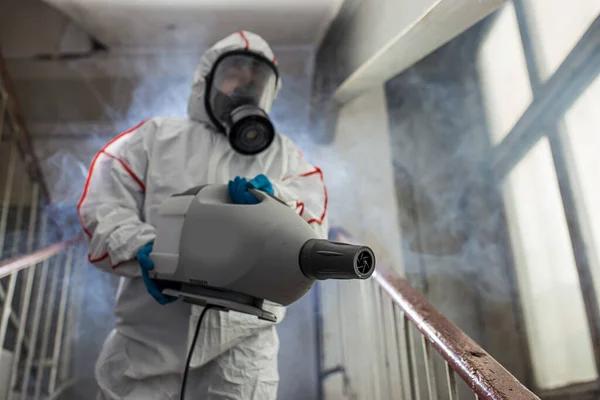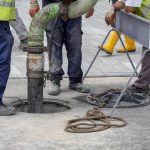Supernova Asbestos Surveys’ asbestos report is a critical document for property owners, managers, and contractors seeking to ensure safety and compliance with regulations concerning asbestos management. Asbestos, once widely used in construction materials due to its durability and heat resistance, has been linked to severe health issues such as mesothelioma, lung cancer, and asbestosis when its fibers are inhaled. Consequently, understanding the contents of an asbestos report is essential for anyone involved in managing or renovating buildings where asbestos may be present.
One common question about the Supernova Asbestos Surveys’ report revolves around what it includes. The report typically outlines the findings of a detailed inspection conducted by trained professionals. It identifies areas within the building where asbestos test-containing materials (ACMs) are present or suspected. Additionally, it provides information on the condition of these materials—whether they are damaged or intact—and assesses their potential risk to occupants based on factors like friability and accessibility.
Another frequently asked question concerns why an asbestos survey is necessary in the first place. Regulations in many countries mandate that property owners must identify and manage ACMs responsibly to protect workers and occupants from exposure risks. An accurate survey ensures that renovation or demolition work does not inadvertently release harmful fibers into the air. Moreover, having a comprehensive report minimizes legal liabilities while promoting workplace safety.
People also wonder how often an asbestos survey should be conducted. Generally speaking, once ACMs have been identified through an initial assessment, regular re-inspections are recommended to monitor their condition over time. If no significant disturbance occurs within a building after identifying ACMs—or if non-asbestos alternatives replace them—a full resurvey might not be necessary unless new construction activities arise.
Some individuals ask whether they can rely solely on older reports instead of commissioning new surveys. While historical data can provide useful context about past inspections or removals of ACMs from properties undergoing redevelopment projects today—it’s crucial always verifying up-to-date accuracy given laws evolve alongside advancing technologies providing better detection techniques ensuring safer results overall!
Finally yet importantly arises cost-related queries regarding pricing transparency levels offered across competing firms performing similar services nationwide globally alike!



